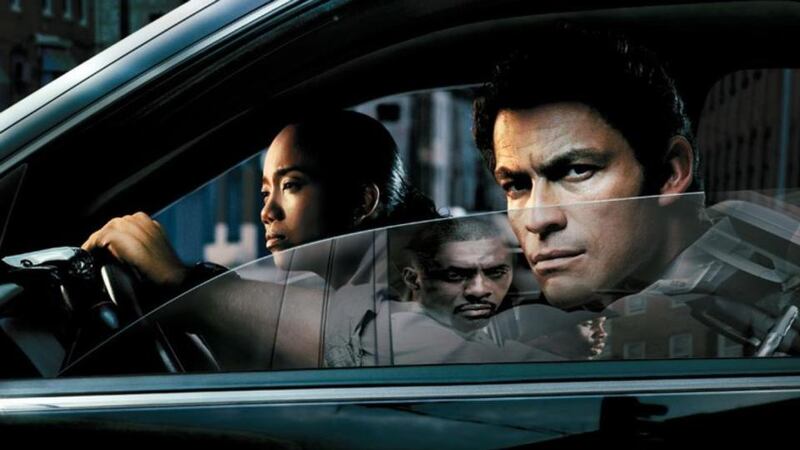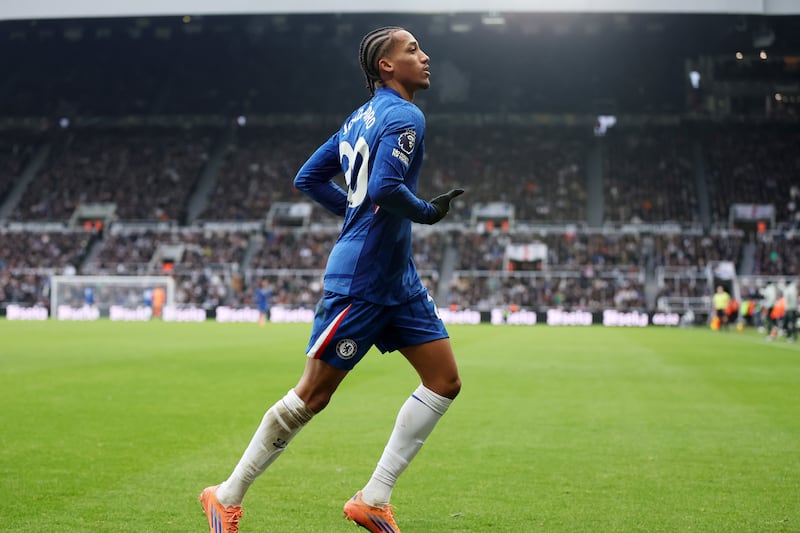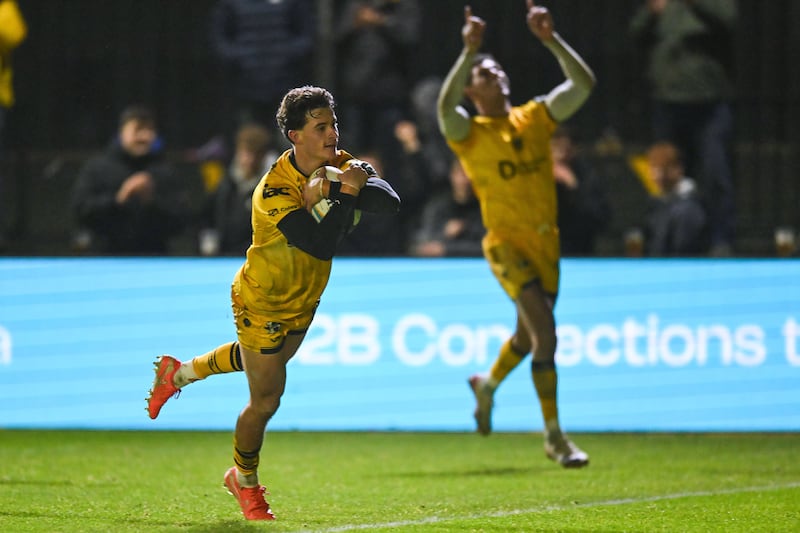“I knew two Baltimores,” Debbie Hines says over coffee one morning in Miss Shirley’s, a cafe near the vast harbour. The place is a bit of a city institution, but the original cafe is further inside: this Miss Shirley’s sprang up along with the rejuvenated waterfront.
“There was Baltimore when I started growing up and Baltimore that was ravaged by crack cocaine. And what people portray Baltimore to be is from that era in the 1970s when the city was ravaged by crack cocaine, and nothing was done other than put people in jail.”
Baltimore’s underbelly acquired a worldwide cult following through the gripping and shocking storylines in The Wire, the panoramic series of a city in decline. As a Baltimore girl who grew up in the 70s, Hines laughs in exasperation as she admits she’s never watched it. It’s the curse of all Baltimoreans: mention where you’re from and you’ll get: Oh! The Wire.
[ The Wire 10 years on: 'We showed the American dream was dead'Opens in new window ]
And anyway, Hines had an up-close-and-personal experience of the city’s crime and justice system in her formative years as a state prosecutor. The staggering inequality she witnessed during that time stayed with her. She is now a private practitioner in Washington but during the pandemic found time to set out a powerful indictment of America’s legal system. Her book, Get Off My Neck is a clear-eyed and chilling, research-driven presentation of a justice system which, she argues, is engineered to perpetuate a system tilted against black Americans.
READ MORE
“It’s a numbers game,” she says.
“But it is a race game. Because of the disproportionate numbers. But the whole system is based on money. We spend billions of dollars to incarcerate millions of people. The system purposely works that way. Maybe on an individual prosecutor level it may be subconscious. But when we are talking about the system, it has consciously worked that way for hundreds of years in the US. It is a continuation of slavery. That’s why some of the laws that existed after the Emancipation Proclamation are similarly situated now in the system to arrest and incarcerate people.
“The things that are happening today have a direct parallel to slavery. People don’t want to hear that. But that is reality. It is not that everything is a repeat. But when I see nine- and 10-year-old kids come into court in chains and they don’t weigh a hundred pounds, I can’t help thinking of slavery. These laws predate Jim Crow. Jim Crow was slavery 2.0.”
The statistics Hines provides tell their own story. A random selection: one out of every 17 white boys born in the year 2001 could expect to be imprisoned in their lifetime. For black boys born the same year, the figure was one in three. Black people make up 13 per cent of the population but 43 per cent of people waiting in jail ahead of trial are black. Black/white arrests differ at a ratio of 10:1. Forty-four per cent of people on death row since 1976 are black. Black people are killed by police three times more often than whites.

Throughout her narrative, she refers to specific cases, such as Fair Wayne Bryant, a young man form Louisiana. with three prior theft convictions and one robbery conviction, leaving him open to habitual offender status. He was caught stealing a pair of hedge clippers. He was sentenced to life without parole and was released after 23 years following a state supreme court appeal. She outlines the story of Allen Bullock, a Baltimorean, and a friend of Freddie Gray who died from a broken neck while in police custody. During the protests which swept the city – and across the United States – Bullock was photographed standing on a police car.
“That one just hurts my heart. It was around here somewhere, right near City Hall.”
After the photo appeared in the city newspapers, his parents advised him to turn himself in. Hines assumed the charge would be malicious destruction of property. Instead, Bullock was charged with eight rioting counts and held on bail and sentenced to 12 years in prison.
[ Derek Chauvin pleads guilty to violating George Floyd's civil rightsOpens in new window ]
In July 2016, Philando Castile was driving with his girlfriend and her four-year-old daughter in a suburb of Minneapolis and was stopped for a broken tail-light. He informed the officer that he had a firearm with a permit. Within seconds, he had been shot seven times and in the resulting trial, the officer was found not guilty. These stories, with a seam of statistical evidence, present a devastating argument that black people face an oppressive system, day in and day out.
“I think that everything goes back to slavery – again,” Hines says.
“When black people were considered as being without value. And moving on to a time when black men are considered violent even when it is unfounded. And when police – not all, but in these instances – see black men and women and view them as less than human and as violent. So, when you have that and you have police with white supremacist views, it all boils down to racism.”
My mother would say she left school and came to work in the field and picked cotton. Which is the definition of a sharecropper
— Debbie Hines
She dedicates the book to her mother, “one of the smartest people I know”. Her parents grew up in North Carolina and Georgia.
“My mother was raised by her aunt and uncle, and they were sharecroppers. Both only went to ninth grade. As I understand it, after that you had to pay. So, my mother went sharecropping. She never used that word. She gave descriptions but never used labels. It wasn’t until she actually passed, and my brother mentioned something about her being a sharecropper. My mother would say she left school and came to work in the field and picked cotton. Which is the definition of a sharecropper.”
Hines watched her mother move from being a domestic worker to community activism to the city health department and finally working as an advocate for health reform. In her retirement years, she worked voluntarily for her union and ended up travelling to congress with Nancy Pelosi to lobby for change. “She passed in 2006. So, she didn’t see the Affordable Care Act passed. But that was a precursor.”
Her childhood neighbourhood in Baltimore was, she remembers “for a very limited time black and Jewish”. Then, it was primarily black. Hines, bright and studious, went to a school populated by children from both communities.
“And what you notice is that you lived in two worlds. I had my world – my neighbourhood, my church. And what I notice is that I could be [in] a Jewish world and go to bar mitzvahs and birthday parties and I could go to sleepovers. But they would never go to my neighbourhood. I just knew that. Instinctively. There was only one girl that ever came to my house. Kind of similar to what it is now! I am in your world, but it rarely translates into the opposite where white people enter into, with a few exceptions, into my world.”
On weekend trips home from college, Hines noticed the sweeping decline against entire streets in her neighbourhood caused by the crack cocaine epidemic. “The houses! The houses,” she explains. “If people are in jail, they can’t pay rent or fix things if they break down. So crack cocaine turns into mass incarceration.”
I think 2020 with George Floyd is when it came very clear to people that they have been on the sidelines and there is something very wrong with the system. But people have short memories
— Debbie Hines
Baltimore recently made international headlines after the shocking destruction of the Francis Key Bridge, a human and civic disaster which will set the city back years. But it is a resilient place as we walk through the bright sunshine up past City Hall towards the station, it’s clear that downtown has made a lot of strides. Hines is an amicable and proud tour guide and is delighted when she sees restaurants and bars that have survived from her days as a prosecutor. Her point is that what she witnessed in Baltimore is attributable across the United States. And she believes the apprehension black people feel towards police is not limited to class.
During the pandemic, she got into the habit of driving to a Dunkin’ Donuts just to have coffee and sit in her car and watch the world go by. On one occasion, she was in the car park, alone. “And a police car pulls up behind me. And stays there. And I am concerned! I am doing nothing but drinking my coffee. But I am still black. And when he actually pulled around me it was such a relief. I don’t think white people go through that. I have been threatened with arrest. But it is not just black people of a certain socio-economic class. People like Henry Louis Gates up in Harvard got arrested for trying to break into what was his own house. He couldn’t convince the police that he owned it. So, I don’t talk about class.”
She is not without hope for the future of the judicial system and hopes her book will edge the conversation forward.
“I think it will be received pretty well. It is backed up by statistics, not just what I think. And I think 2020 with George Floyd is when it came very clear to people that they have been on the sidelines and there is something very wrong with the system. But people have short memories. We need to bring it back to that and make the changes for everyone that is interested in justice.”
Get Off My Neck: Black Lives, White Justice and a Former Prosecutor’s Quest for Reform is published by MIT Press
- Join us for The Irish Times Inside Politics podcast live in Belfast on April 10th
- Sign up for push alerts and have the best news, analysis and comment delivered directly to your phone
- Find The Irish Times on WhatsApp and stay up to date





















